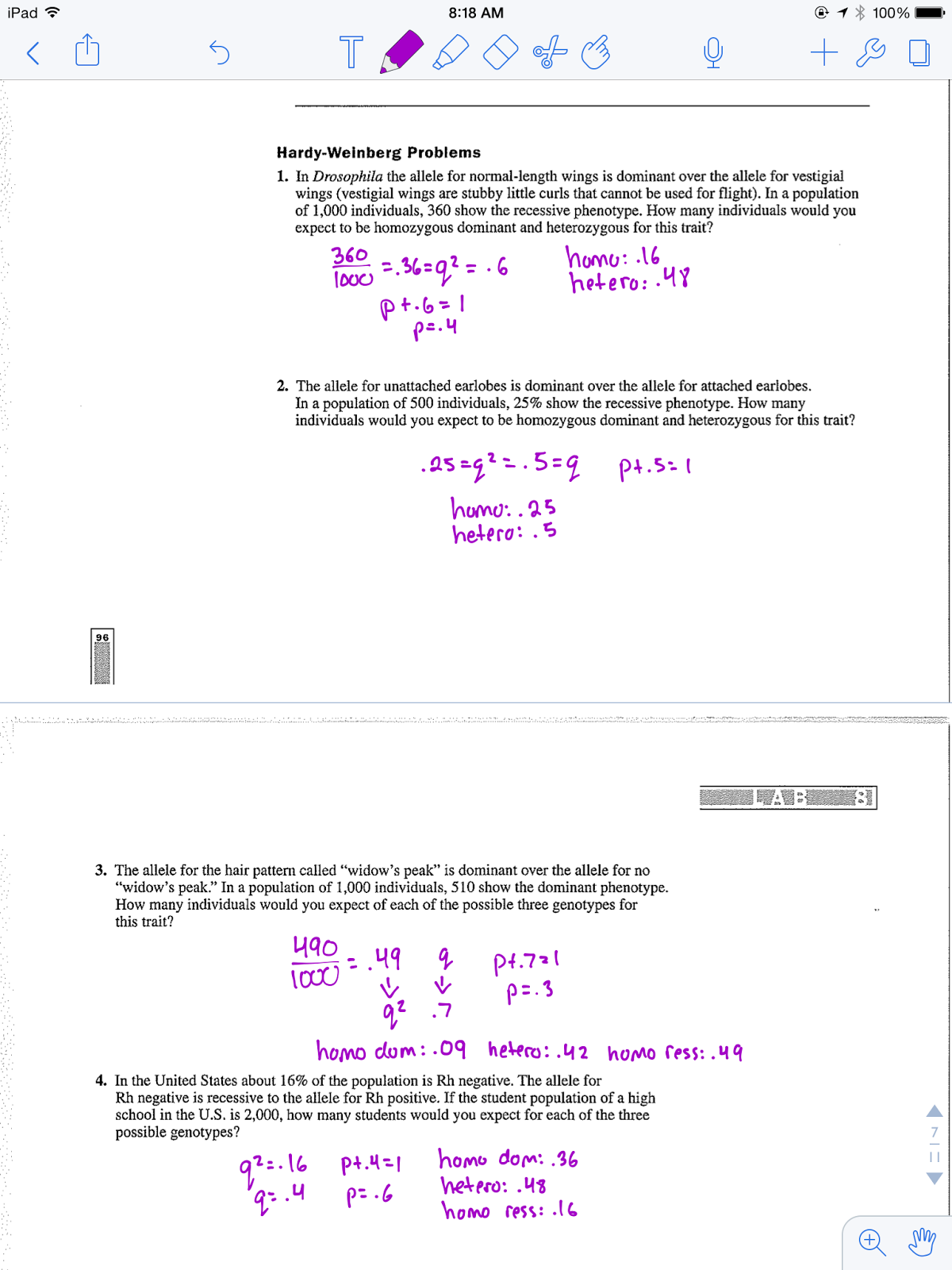AP Bio Labs Rock!
Tuesday, April 7, 2015
Wednesday, October 1, 2014
Restoration Ecology Field Trip
Restoration Ecology Field Trip
There is so much more to restoration ecology than meets the eye. It is a lot a work to bring ruined land back to it's original form. I was so glad to be a part of that experience even if I only helped a little.
There is so much more to restoration ecology than meets the eye. It is a lot a work to bring ruined land back to it's original form. I was so glad to be a part of that experience even if I only helped a little.
 |
| One of the largest parts of restoration ecology is removing any toxins in the area, whether that's plants or animals. |
 |
| Another part of the restoration was collecting very valuable seeds. After collecting these ting seeds, we went out to plant them to help regrow the wetland area. |
Sunday, September 7, 2014
Water Lab
Water Lab- This lab shows some of the properties of water.
Station Five:














Station Five:
Step One- take temp. of water before washer is in. The starting temp. was 22 degrees Celsius. We predicted that the hot washer would move the temp. up to 30 degrees Celsius.
Step Three- Take the temp. of the water again after the hot washer was put in. The resulting temp. 24 degrees Celsius.
Conclusion of this station- one of the properties of water is that it does not change tempature easily or quickly. In our prediction we underestimated this concept, but this experiment proves that property.
Station Three:
Part One, Step One-Place capillary tube in bowl of water and observe.
Once the tube was in, water went up the tube.
Part Two, Step One- Draw a line partially at the bottom of a strip of paper and use a paper clip to hold it to a glass rod.
Step Two- Dip paper into a bowl of water so that it is soaked half to the line. Let it sit until the ink spreads.
Resulting Paper-
Conclusion- In both of these parts of the experiment, the property of water of adhesion shows. In the first part adhesion is what makes the water go up the tube, just as water goes up a tree. In the second part, it's the same thing. Water is going up the paper, and bringing the ink with it.
Station Six:
Step One-The first thing to do was to take the battery and put it in the dry salt. When we did this, neither lights turned on.
Step Three- Now in the dry sugar. Neither light turned on.
Step Four- Into the water with dissolved sugar. Both lights turned on.
Conclusion- This experiment shows off the property of polarity water has. First, we prove that neither the sugar nor the salt are conductive on their own yet when it water, it is conductive. This is because water is conductive, and having these substances in the water doesn't change that, because they are all polar substances and mix together.
Subscribe to:
Comments (Atom)


.JPG)

















